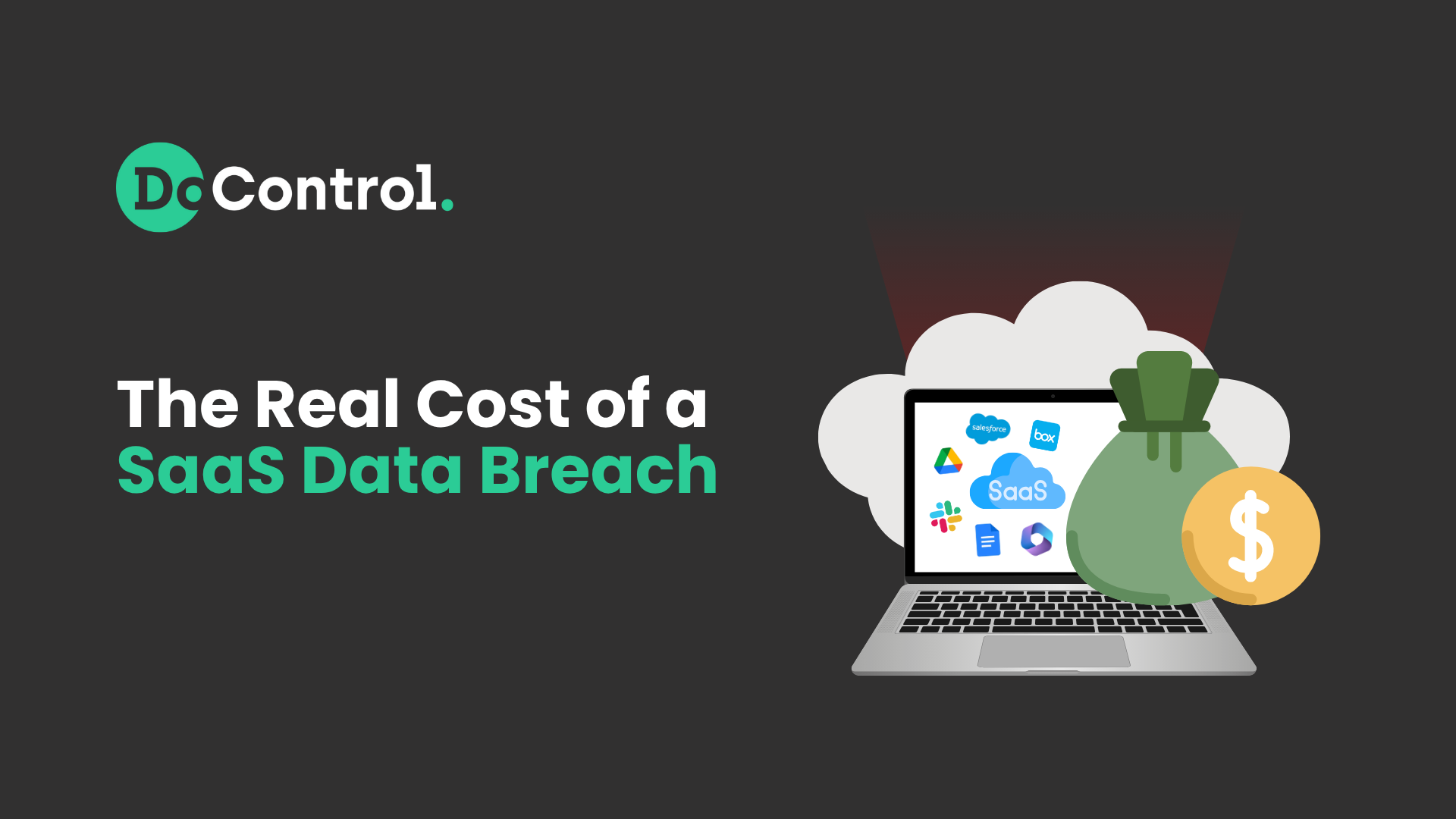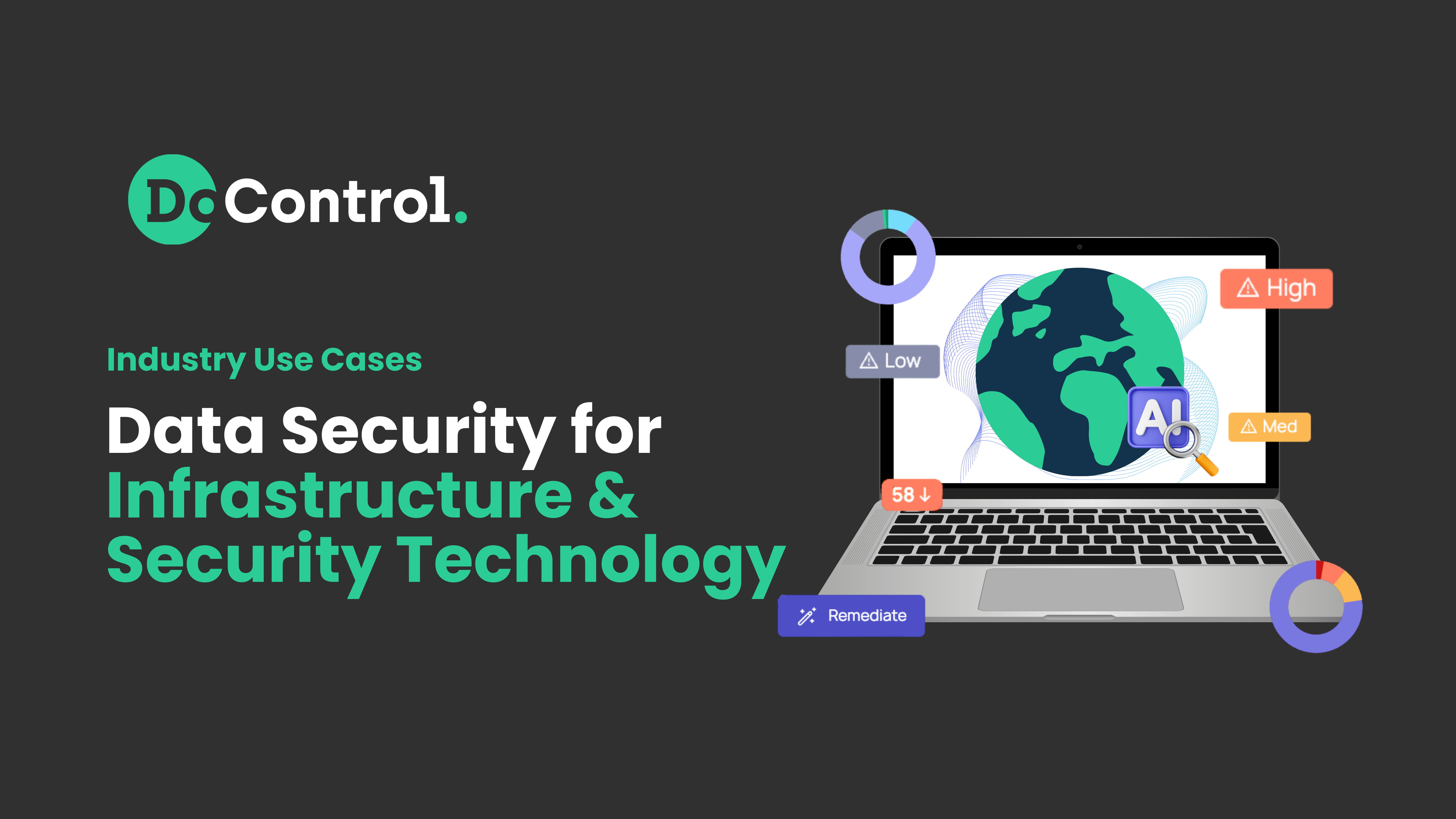
In security, efficiency often takes center stage - reducing noise, automating workflows, and helping teams do more with less. But let’s not lose sight of the core mission: preventing breaches. Because when one occurs, the impact extends far beyond the Security/IT departments - it hits revenue, trust, and brand authority in ways that can take years to repair.
According to IBM, the average cost of a data breach in 2025 is $4.24 million. Yet that number barely scratches the surface of what a SaaS-based data breach can mean. Today, SaaS applications form the connective tissue of every modern enterprise - and that means they also represent one of the largest and fastest-growing attack surfaces in the world.
Below are three of the most common and costly SaaS data breach vectors, what they look like in practice, and why it’s time to think about SaaS security as a first-class priority.
1. Data Theft: When Insider Risk Becomes an External Threat
How it happens:
- Employees share sensitive files to personal email accounts and retain access after departure due to offboarding processes that focus on systems, not data.
- Data is mistakenly shared publicly - think “anyone with the link can access” permissions - and scraped by attackers, search engines, or AI LLMs.
- Files shared with third parties go unmonitored, remaining open indefinitely, often to competitors or ex-employees.
Real-world example:
Former employees at Palantir were reported to have sent company data to their personal Slack accounts from their corporate account, and later leveraged it to build a competitive venture.
Business impact:
- Over $1M in legal expenses defending IP rights and enforcing NDAs.
- Loss of 10+ key employees, costing another $1.5M in replacement and training.
- Potential 5-10% drop in business due to lost trust - upwards of $50M in revenue exposure.
The takeaway? Data ownership doesn’t end at the point of sharing. Once it leaves your controlled ecosystem, visibility and monitoring must remain intact - or risk losing your competitive edge.
2. Account Takeovers: When Over-Permissioned Integrations Open the Door
How it happens:
- An employee installs a risky third-party app (often AI-related) with broad OAuth permissions to company systems like Google Workspace or Salesforce.
- Those permissions frequently include read, view, and delete access across multiple platforms.
- Attackers exploit exposed OAuth tokens to automate access into integration logs and extract sensitive data at scale.
Real-world example:
In the Salesloft <> Salesforce OAuth token incident, major companies like Cloudflare, Zscaler, and Palo Alto Networks suffered data exfiltration through compromised tokens.
Business impact:
- Each company reportedly spent $2M+ on remediation.
- $10M+ in operational downtime from incident response and containment.
- For organizations handling EMEA data, GDPR fines of up to 4% of total revenue.
- Even a 1–5% customer churn can equate to tens of millions in lost ARR.
The danger here isn’t just malicious code - it’s trusting applications by default. In a SaaS world, the biggest vulnerabilities often come from tools your teams adopt for productivity, but are unaware of the risk they potentially pose to the business.
3. Compliance Breaches: When Misconfiguration Becomes a Liability
How it happens:
- SaaS apps are built for productivity, not security, and out of the box fail to meet compliance baselines for SOC 2, HIPAA, GDPR, NIST, or ISO 27001 - often due to missing MFA, excessive admin roles, or lack of audit logging.
- Sensitive data remains exposed, violating DLP policies - even if no active misuse occurs. Think Google Drive public shares: external shares to former contractors who used their personal email.
- Shadow IT or poorly managed offboarding leaves access open to former employees and contractors.
Real-world examples:
- Meta Ireland was fined $265M under GDPR for user data exposure through SaaS assets like Google Drive.
- BayCare Health System faced an $800K HIPAA fine after failing to track and protect patient data.
Business impact:
- GDPR violations can reach 4% of total global revenue.
- HIPAA noncompliance can cost up to $2M annually.
Regulators don’t differentiate between intentional breaches and preventable mistakes. In a SaaS-first ecosystem, misconfigurations are the new front lines of compliance failure.
The Bottom Line: SaaS Is the New Security Perimeter
Every company - no matter the size - is vulnerable to breaches. The difference lies in preparedness. We’ve already secured our endpoints and fortified our clouds, but SaaS remains the overlooked frontier where data lives, moves, and gets shared every second of every day.
It’s time to recalibrate how we think about ROI in cybersecurity. The true return isn’t just efficiency - it’s the prevention of multi-million-dollar losses that come from overlooked SaaS risk.
With the rapid expansion of SaaS applications, this isn’t a “nice to have” anymore - it’s a business imperative. The companies that act now to secure their SaaS environments will be the ones protecting not just their data, but their brand, reputation, and long-term market position.



